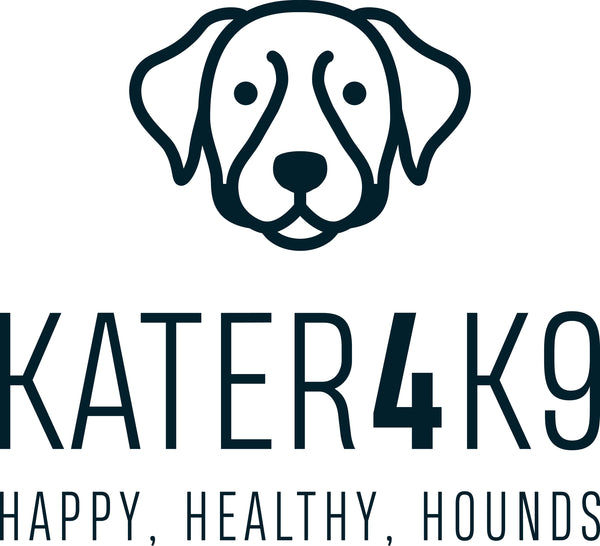When it comes to managing anxiety in dogs, natural remedies like skullcap (Scutellaria lateriflora) and valerian (Valeriana officinalis) often come up as potential solutions due to their calming effects in humans. However, despite their popularity, these herbs may not be the best choice for canine anxiety relief. One of the main reasons lies in how they interact with the GABA receptors in the brain, potentially leading to unintended side effects and safety concerns.
GABA Receptors and Their Role in Anxiety
Gamma-aminobutyric acid (GABA) is the primary inhibitory neurotransmitter in the mammalian central nervous system (CNS). It plays a crucial role in regulating neuronal excitability and maintaining a balance between excitatory and inhibitory signals in the brain. GABA receptors, particularly the GABA-A receptors, are involved in reducing neuronal activity, leading to sedative and anxiolytic (anxiety-reducing) effects.
How Skullcap and Valerian Affect GABA Receptors
Skullcap (Scutellaria lateriflora)
Skullcap contains several bioactive compounds, including flavonoids like baicalin and baicalein, which have been shown to interact with GABA receptors. These compounds can enhance GABAergic activity by binding to the benzodiazepine site on the GABA-A receptor, much like conventional anxiolytic medications (e.g., benzodiazepines). This interaction can lead to increased inhibitory effects in the CNS, resulting in sedation and anxiolysis.
However, this potentiation of GABAergic activity is not without risks:
• Excessive Sedation: Overstimulation of GABA-A receptors can lead to profound sedation, which in dogs can manifest as lethargy, ataxia (loss of coordination), and general malaise. This can impair the dog’s ability to perform normal activities and negatively affect its quality of life.
• Variable Response: Dogs may have a variable response to skullcap. While some might experience the intended calming effect, others could become overly sedated or, conversely, may show paradoxical reactions such as increased agitation or anxiety, complicating its use.
• Potential for Toxicity: There are concerns about the potential hepatotoxicity (liver damage) of skullcap, particularly when used over long periods or in high doses. This risk, combined with the lack of comprehensive research on its safety in dogs, makes it a less desirable option for anxiety management.
Valerian (Valeriana officinalis)
Valerian root contains compounds such as valerenic acid and valepotriates, which are believed to modulate GABAergic activity. Valerenic acid, in particular, inhibits the enzyme responsible for breaking down GABA (GABA transaminase), leading to increased GABA levels in the brain. This results in enhanced inhibitory effects on the CNS, promoting sedation and relaxation.
The modulation of GABA receptors by valerian also carries potential downsides:
• Unpredictable Sedation: Similar to skullcap, valerian’s effect on GABA receptors can lead to unpredictable sedation levels. Some dogs might become excessively drowsy, while others might experience insufficient calming effects or even heightened nervousness and restlessness.
• Central Nervous System Depression: Prolonged use of valerian can lead to significant CNS depression, which may result in respiratory depression, reduced heart rate, and overall decreased physiological function. These effects pose serious health risks, especially in dogs with pre-existing conditions.
• Gastrointestinal Distress: Valerian is known to cause gastrointestinal upset in some dogs, including symptoms such as nausea, vomiting, and diarrhea. These side effects can add to the dog’s discomfort and stress, counteracting the intended calming benefits.
Lack of Robust Canine-Specific Research
One of the significant issues with using skullcap and valerian in dogs is the lack of robust, peer-reviewed research specific to canine physiology. Most studies on these herbs have been conducted in humans or rodents, and their effects cannot be directly extrapolated to dogs. The pharmacokinetics and pharmacodynamics of these herbs in dogs remain poorly understood, making it difficult to determine safe and effective dosages.
Conclusion
While skullcap and valerian may offer calming effects through their interaction with GABA receptors, their use in dogs is fraught with potential risks and uncertainties. The variability in response, potential for excessive sedation, toxicity concerns, and lack of comprehensive research make these herbs less than ideal for managing canine anxiety. Until more definitive studies are conducted, and clearer guidelines are established, it is prudent to exercise caution and seek veterinary advice before considering these herbs as calming agents for dogs.

